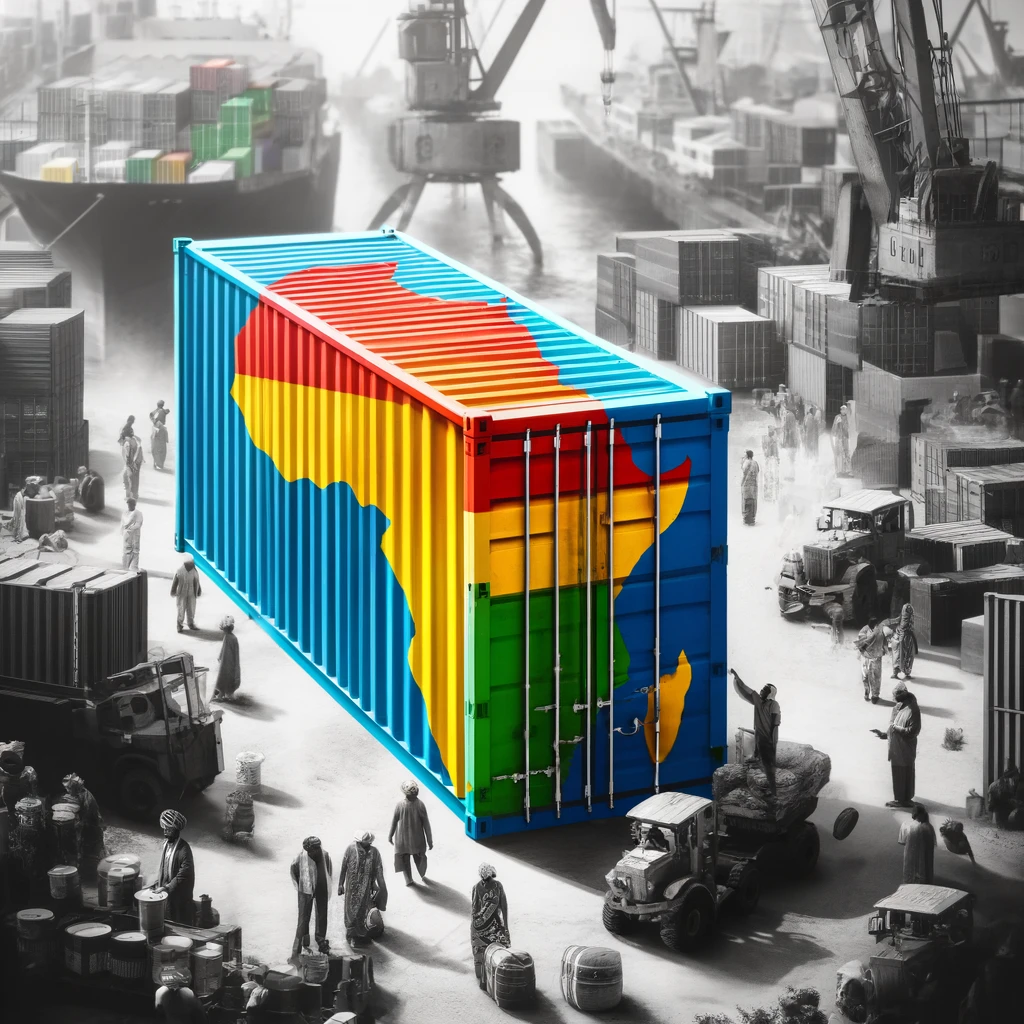
Commodity dependence is a significant issue affecting global trade and development, particularly in developing countries. This article explores the key aspects and expanded analysis of commodity dependence, its implications for economic and human well-being, and strategic policy recommendations for addressing these challenges.
Key Aspects and Expanded Analysis of Commodity Dependence
- Association with Lower Human Well-being Commodity dependence correlates strongly with lower scores on the Human Development Index (HDI). Countries with a large share of exports consisting of raw materials often face challenges in developing diversified economies and improving quality of life for their populations.
- Economic Stagnation and Technological Lag Commodity-dependent economies often experience slow economic growth, with low levels of technology and labor productivity. This technological lag is particularly marked in countries dependent on agriculture, followed by those reliant on mining and fuels. Persistent commodity dependence not only hampers economic diversification but also reinforces cycles of poverty and underdevelopment.
- Impact on Economic Performance and Vulnerability to Shocks Economies heavily reliant on commodities face increased volatility and susceptibility to global market fluctuations. This was notably exacerbated during events like the COVID-19 pandemic, which led to significant disruptions in commodity prices, impacting the economic stability of these countries. Additionally, over 80% of commodity export revenues in strongly commodity-dependent nations come from primary goods, increasing their vulnerability to global market dynamics.
- Increased Vulnerability to Climate Change Commodity-dependent countries, particularly developing nations and small island states, are significantly more vulnerable to the effects of climate change. Economic impacts due to dependency on agricultural outputs are highly susceptible to changes in climate conditions.
- Challenges and Opportunities for Overcoming Commodity Dependence While commodity dependence is a persistent challenge, examples from countries like Costa Rica and Malaysia demonstrate that it is possible to transition towards more diversified economies through the development of manufacturing and services sectors. Such transitions require strategic planning, investment in human capital, and alignment of educational systems with the needs of emergent economic sectors.
- The Challenge of Green Transition The shift towards a low-carbon global economy presents both challenges and opportunities for commodity-dependent countries. These nations can leverage their natural resources, such as renewable energy potential, to diversify their economies and participate more fully in global supply chains. However, they must navigate the risks of deepening commodity dependence through the mining of critical minerals like cobalt, lithium, and copper, which are essential for renewable energy technologies. There’s a risk that the critical minerals boom could deepen commodity dependence unless these countries can add value locally and integrate more fully into global value chains.

Source: UNCTAD secretariat based on the UNCTADStat database
Policy Recommendations
- Diversification Strategies: Developing alternative sectors such as manufacturing and services can reduce reliance on commodities.
- Strengthening Resilience to Economic Shocks: Establishing economic policies that buffer against global price fluctuations and economic downturns is crucial.
- Leveraging Renewable Energy Resources: Countries should invest in renewable energy infrastructure to diversify energy sources and generate new economic opportunities.
- Implementing Green Industrial Policies: Tailored policies that account for each country’s specific context and resources can facilitate a fair and sustainable transition to a low-carbon economy.
- Promoting Regional Trade Agreements and International Cooperation: These efforts are vital for supporting transitions and fostering sustainable development.

Source: UNCTAD secretariat based on the UNCTADStat database
Addressing commodity dependence requires a multifaceted approach that includes both national policy reforms and international support. The goal is to achieve sustainable and inclusive growth that reduces economic vulnerabilities and enhances the well-being of populations in commodity-dependent countries. It is imperative for these countries to embrace innovation and diversification strategies that can lead to more sustainable and inclusive economic growth.
Sources and References:
- United Nations Conference on Trade and Development (UNCTAD)
- Human Development Index (HDI) dataND-GAIN Index for vulnerability to climate change
- World Bank data on global economic indicators
- UNCTAD Commodities and Development Reports, 2021 and 2023
- DW News Article on UNCTAD’s insights into commodity dependence and technology levels


